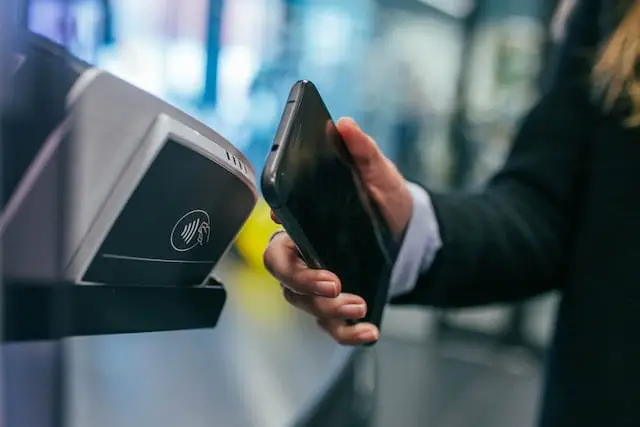Personal Area Network TL;DR Takeaway
- Personal Area Network (PAN) is a network model that connects electronic devices within a user’s immediate area.
- Personal Area Network (PAN) provides convenience, mobility, and security for network users.
- Personal Area Network (PAN) will evolve in 2023 with new technologies, such as IoT, 5G, and wearables.
Do you know how do wireless devices interact with each other? This is all thanks to Personal Area Networks or PAN for short.
But let’s not spoil this article for you. Keep reading to find out more about them and how they function.
What is Personal Area Network (PAN) and How Does It Work?
Personal Area Network (PAN) is a network model that connects electronic devices within a user’s immediate area. PAN can be used for various purposes, such as:
- Data transfer: PAN can transfer data among devices, such as files, photos, videos, and contacts.
- Device control: PAN can control devices remotely, such as adjusting the volume of speakers, turning on/off lights, and locking/unlocking doors.
- Device pairing: PAN can pair devices together, such as connecting a headset to a phone, a keyboard to a tablet, and a mouse to a laptop.
- Device synchronization: PAN can synchronize data and applications among devices, such as calendars, emails, messages, and fitness data.
A protocol is a set of rules and formats that define how data is exchanged between devices or programs.
For example, Bluetooth is a protocol that defines how wireless devices communicate.
Therefore, PAN consists of two main components:
- Host device: This is the device that initiates the communication and acts as the central point of the network. It can be a computer, a smartphone, a tablet, or any other device that has networking capabilities.
- Peripheral device: This is the device that responds to communication and acts as the endpoint of the network. It can be a mouse, a keyboard, a printer, a camera, or any other device that has networking capabilities.

PAN uses different communication patterns depending on the type of connection and protocol. Some of the common communication patterns are:
- Point-to-point: This is when two devices communicate directly with each other without any intermediary device. For example, when a smartphone connects to a headset via Bluetooth.
- Point-to-multipoint: This is when one device communicates with multiple devices at the same time without any intermediary device. For example, when a computer connects to multiple printers via WiFi.
- Broadcast: This is when one device communicates with all devices within its range without any intermediary device. For example, when a smartphone sends an alert message to all nearby devices via Bluetooth.
- Mesh: This is when multiple devices communicate with each other without any central point of the network. For example, when multiple smartwatches form a network via Zigbee.
Personal Area Network Advantages & Disadvantages
Personal Area Network (PAN) has many advantages and disadvantages for network users and administrators. Some of the advantages are:
- Convenience: PAN provides convenience for users by allowing them to connect their devices easily and quickly without any wires or cables.
- Mobility: PAN provides mobility for users by allowing them to carry their devices anywhere within their range without losing connectivity.
- Security: PAN provides security for users by allowing them to control who can access their devices and data using encryption and authentication methods.
Some of the disadvantages are:
- Interference: PAN can face interference from other wireless devices or networks that use the same frequency or protocol, resulting in reduced performance or connectivity.
- Compatibility: PAN can face compatibility issues among different devices or protocols that may not work well together, resulting in reduced functionality or usability.
- Battery: PAN can consume the battery power of the devices, especially the wireless ones, resulting in reduced lifespan or availability.
How Will Personal Area Network (PAN) Evolve in 2023?
Personal Area Network (PAN) is constantly evolving to meet the changing needs and trends of network users and technologies.
Some of the possible trends and developments for PAN in 2023 are:
- IoT: This is the concept of connecting everyday objects and devices to the Internet and each other. IoT can enable users to create smart environments and applications using their PAN devices.
- 5G: This is the next generation of wireless technology that can provide faster speed, lower latency, and higher capacity for wireless communication. 5G can enable users to connect their PAN devices to the Internet and other networks more efficiently and reliably.
- Wearables: These are devices that users can wear on their body or clothing, such as smartwatches, fitness trackers, smart glasses, etc. Wearables can provide users with various functions and features using their PAN devices.
For example, users can use their smart glasses to display information, such as directions, notifications, among others.

